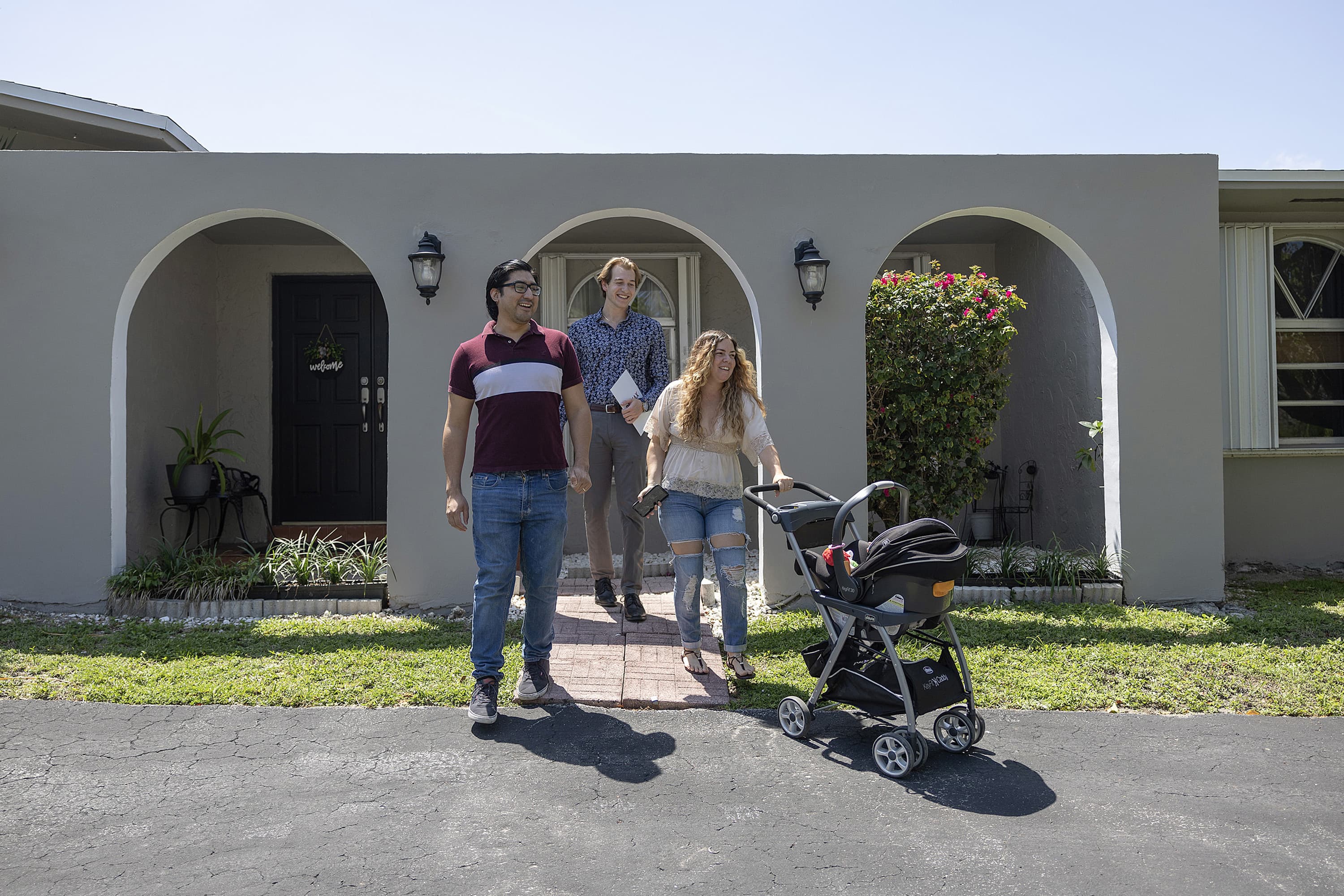Average Greenwich house price tops $3 million for first time in at least decade, agents say
The average price of a Greenwich single-family house rose to more than $3 million at the end of 2021, marking a record for the town, according to data analysis from a local real estate group.
The average price, which can be skewed higher by the sale of luxury homes, was just over $3 million in the fourth quarter of 2021, according to a report from Compass. That’s up from about $2.7 million in 2020 and nearly $2.4 million in 2011.
The Compass report says the $3 million is a record for at least the last decade of sales data. Bill Andruss, a Compass real estate agent who works in Greenwich and conducts data analysis on the market, believes it may be an all-time record for the town.
“We have had just the most incredible year, and I don’t think we’ll see it again,” Andruss said.
Last year’s median sale price was $2.3 million, up from about $2.1 million in 2020, according to a data report from Andruss.
Fifty-four percent of Greenwich transactions — 545 — were sales from $1 million to just under $3 million, according to Andruss’ report.
Houses sold quickly and at elevated prices across the state and much of the country through the later part of 2020 and 2021. Many apartment dwellers sought more space during the pandemic, and low-interest rates made home-buying more affordable for many people.
Steve Archino, a real estate agent with Sotheby’s International Realty, said he’s beginning to see more people who came from New York and rented apartments in Greenwich near the start of the pandemic looking to buy houses in the area.
“They’re still coming from all over the place, but now we’re seeing people who have been in a rental for a year realizing that you know Greenwich really is a great place,” Archino said.
Interest rates are expected to rise this year, and Archino said he expects to see more people get into the market before the increaes take effect.
Many Connecticut experts say after the fast-paced sales of last year, inventory is running low in Connecticut.
The number of sales in Greenwich was 1,006 in 2021, up nearly 17 percent from the 863 sold in 2020. In 2018, Greenwich saw 594 sales, according to his report.
But the number of sales dropped in the last quarter of 2021 — from 363 in 2020 to 226 this year, according to Compass’ report.
The lowest-priced house sold for $450,000, while the highest went for about $50 million, according to a data analysis from Andruss.
“As the inventory was declining and the demand was increasing, the prices have ticked up. And I think it’s the same everywhere,” Archino said.
Two of three highest-priced houses were waterfront properties, which Andruss said don’t often come on the market. Both sold for more than $27 million.
“I think that most people don’t realize that there is a real premium on waterfront,” Andruss said. “There isn’t as much as people think when you actually see how many miles of shoreline Greenwich has. So it’s very rare to find a direct waterfront.”
It’s not clear exactly how or if that trend will continue. Andruss doesn’t expect 2022 to have quite as hot a market as 2021, which he says was a historically strong year for the real estate market.
But agents still expect 2022 to be strong.
“My prediction for 2022 is I think it’s going to remain strong, incredibly strong, especially with the inventory at record low levels and the demand up,” Archino said.
Many agents and experts have said much of the next year will depend on inventory, which is hitting lows.
At the end of last year, the state had about two months of inventory, when it usually has six. The months supply of inventory in real estate is the number of months it would take to sell the current amount of houses in a given market.
In Greenwich, there are about 150 single-family houses listed for sale. About 39 percent of those are listed at more than $5 million, according to Andruss’ report.
“The big buzz word is the word ‘inventory,’” he said. “Inventory has been down like we’ve never seen it before and it’s just startling. There is still demand, there are still buyers out there that want to buy but not inventory.”
People who might want to sell, thereby creating more inventory, don’t list their homes because they don’t see anything on the market they could move into, Andruss said.
Archino added that he expects more houses to be listed in the coming weeks during the spring market, which he said typically begins close to the Super Bowl and is starting to pick up now.
“It’s in full swing again,” he said. “And I can’t tell you how many emails fly around from agent to agent looking for more inventory.”



